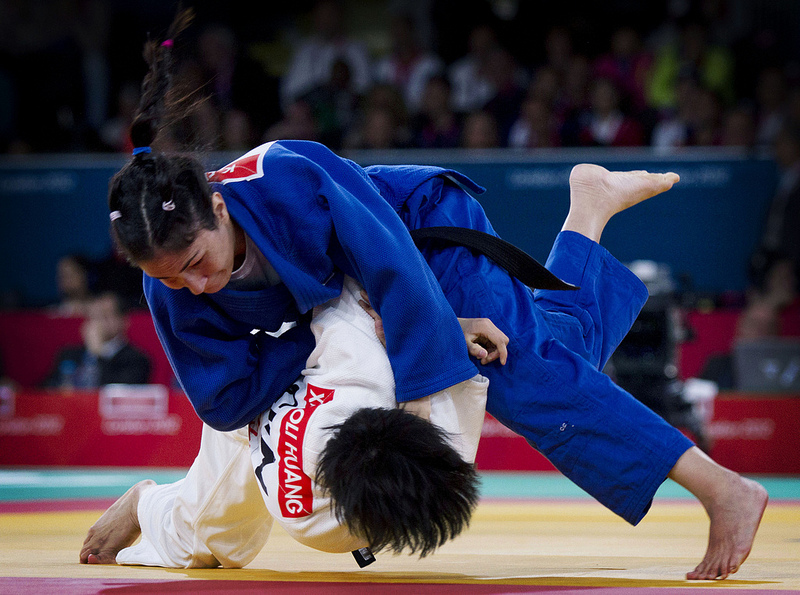Judo

The only martial art part of the Paralympic programme, Judo for visually impaired athletes has been practiced since the 1970s. The men made their Paralympic debut at the 1988 Games in Seoul, while the ladies had to wait for the Athens Games in 2004.
Brazil has shown to be a great force in the sport since its beginning. In total, the country has scooped up 18 medals, four gold, five silver and nine bronze.
Classification
In addition to weight related categories, athletes are classified according to their degree of visual impairment. However, athletes from different categories may compete together.
B1
Totally blind or with light perception, unable to recognise the shape of a hand at any distance.
B2
Able to recognise shapes
B3
Able to make out shapes
Curiosities
Permanent contact
Not much was adapted in Paralympic judo in relation to its conventional version. Athletes start fighting with adversaries holding onto each other’s kimono, placed into position by the central referee, who conducts the fight to ensure that there is permanent contact. When the referee imposes a penalty he also tells athletes to whom he is referring to. Athletes are not punished if they leave the fighting area.
See also
Brazilian Sports Confederation for the Visually Impaired (CBDV)
www.cbdv.org.br

